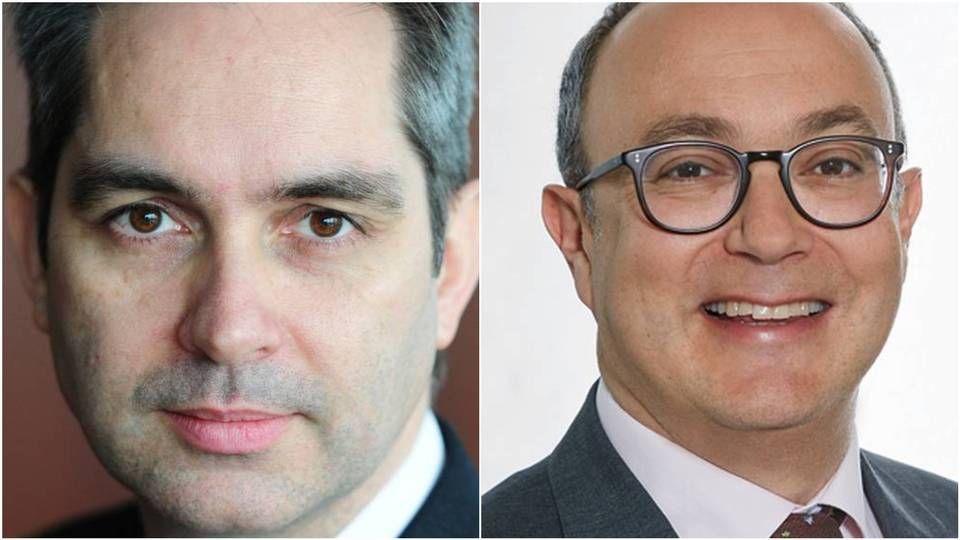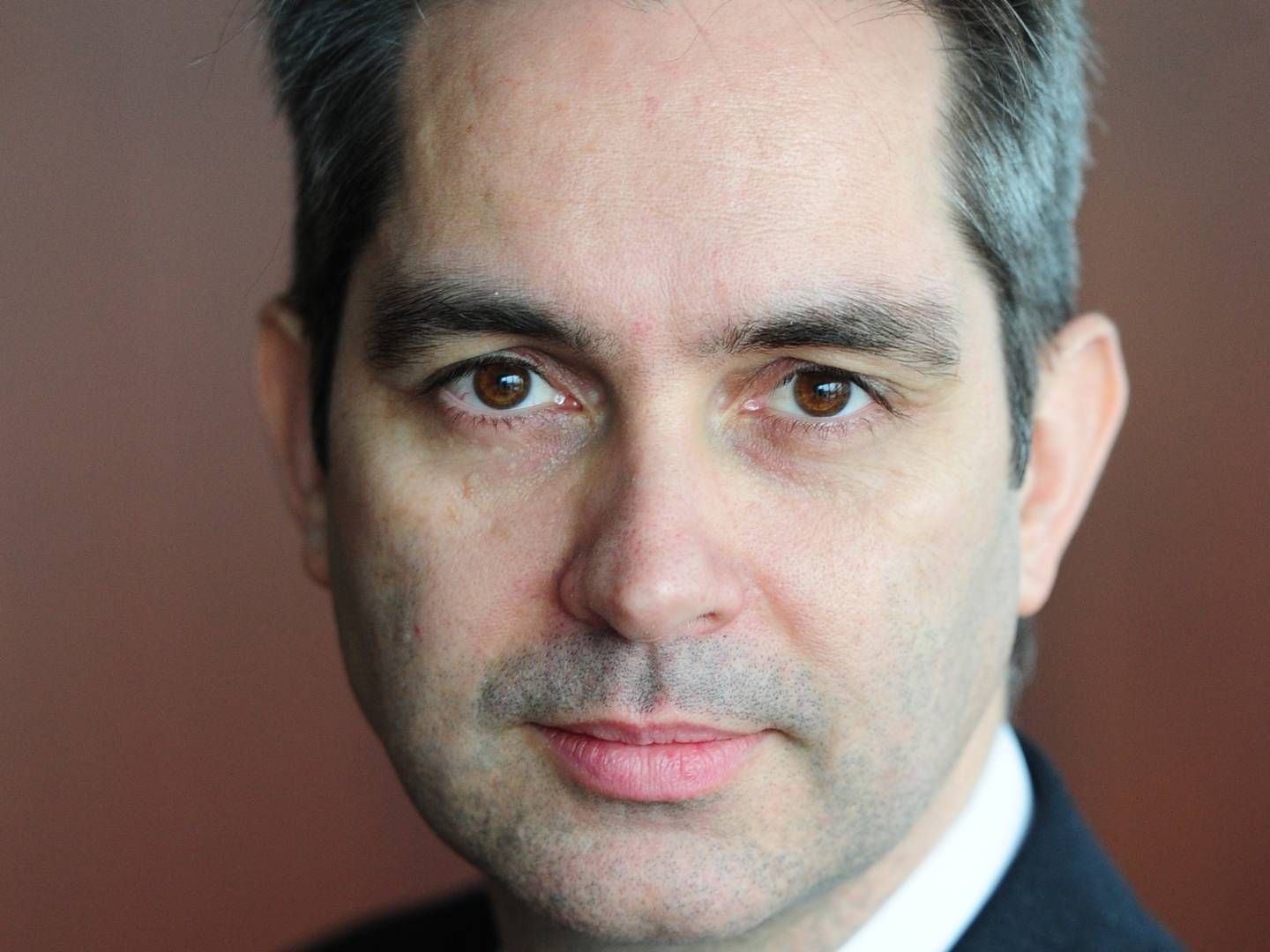Risk-shy funds are wading deeper into high-stakes world of junk

Insurers in Europe, which typically avoid risk, are muscling their way further into the junk-bond market. They’re shifting from the relative safety of government and highly-rated corporate debt to bonds just below investment grade, according to people familiar with the matter.
Last month, insurance funds pocketed as much as 20 percent of a BB-rated euro deal by US healthcare business Iqvia Holdings Inc., compared with single digits for similar deals last year, the people said, asking not to be identified because the information is private.
The identity of the insurers was not available.
"There’s potentially a lot of value" in BB bonds, said Patrick Liedtke, head of BlackRock Inc.’s financial institutions group for Europe, Middle East and Africa, who helps advise insurers. "Especially the so-called fallen angels that were downgraded, but also other types of debt which are now considerably cheaper than going into the crisis."
Based on company filings, some insurers were already increasing their high yield exposures last year. Allianz, which oversees a total 285 billion euros (USD 339 billion) of corporate bonds, increased its high-yield component to 6 percent from 4 percent in 2020. Zurich Insurance Group AG’s sub-investment grade credit and private-debt holdings rose slightly, to 5.3 percent from 4.7 percent.
At the start of the pandemic many insurers went into crisis mode and sought the safety of quality credit to avoid downgrades and preserve regulatory capital. By buying riskier paper, they’re emulating a market trend toward assets that offer a cushion from the potential onset of inflation as economies in Europe prepare to open gradually this year.
An Allianz spokesman said that the company targets a "solid investment-grade corporate bond strategy" and doesn’t envisage a significant strategic increase of high-yield bonds. A Zurich spokesman said it follows a "disciplined and prudent" investment process, while its fixed-income portfolios are well diversified and high quality.
This year, the spread between BBB-rated and BB-rated debt yields narrowed in February to the lowest in 12 months, but there’s still about a 160-basis point gap between the two, according to Bloomberg Barclays indexes.
Getting crowded
David Newman, the chief investment officer for global high yield at Allianz Global Investors, says insurers are nonetheless starting to crowd out the market. Money managers that specialize in risky assets are being forced out of BB-rated credit the highest junk category and 60 percent of the market and into the more junior and unsecured parts of a company’s capital structure, he said.
"We’re definitely seeing more demand for high-yield bonds outside of traditional fund managers, such as from insurance funds," Newman said. He manages around 2 billion euros in sub-investment-grade bonds, compared with about 17 billion euros at the parent company, company filings show.
The effects of competition are already being seen, with demand for BB bonds exceeding even record-size offerings last month. U.K supermarket ASDA Group’s 2.75 billion-pound (USD 3.82 billion) buyout financing, the biggest ever in sterling, attracted around 8 billion pounds of orders. Meanwhile, issuance swelled 20 percent so far in 2021 to about 25 billion euros, a record start to a year, according to data compiled by Bloomberg.
Revisiting junk
"The investment-grade mandates of insurance funds often have 10 percent (or larger) buckets to go off benchmark, and BB is their typical hunting ground," said Clark Nicholls, a senior portfolio manager at AXA Investment Managers in London, which has USD759 billion of assets under management.
"Many of these credits are very safe having many financing options and strong assets that have under-performed in earnings due to the pandemic."
One reason why they have relatively small high-yield holdings is because of requirements to set aside capital when investing in alternatives to risk-free sovereign notes. The lower they go down the junk spectrum, the higher the capital charge.
"Insurers have credit portfolios that aren’t yielding much," said BlackRock’s Liedtke. After shifting into safer names, "Should they not potentially revisit their exposures to sub-investment grade?"
Related articles
Nordic investors prepared to take on more risk
For subscribers














